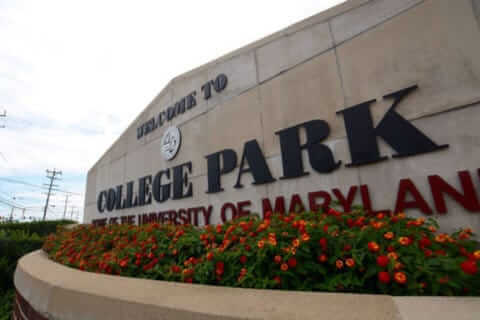
Early in the 1970s, the Nixon administration’s Department of Health, Education and Welfare directed the State of Maryland to bleach its higher education enrollment records to erase any trace of student racial identification in admission numbers and minority attendance at state colleges and universities.
Two years later, the very same bureaucrats ordered the state to turn over enrollment records from all public institutions of higher learning that reflect minority attendance to determine whether Maryland provided equal opportunities for minorities to achieve advanced education comparable to whites.
State officials were perplexed and questioned the new directive. They argued that the state had originally compiled such records but were told, by those now demanding what they earlier had dismissed, to discontinue the practice because it appeared discriminatory.
Because federal aid was at stake, state educators and other officials, began a new headcount to satisfy the demand. When the new figures were submitted, they were immediately challenged by federal HEW officials on several points, among them: There were too few black students enrolled at Frostburg State Teachers College, now Frostburg State University, in the far reaches of Western Maryland, where black residents were at the time virtually non-existent and colleges in the population centers of the state were more accessible.
At issue, too, was the concern that Bowie State Teachers College might lose its identity as a historically black college because so many whites were enrolling in night classes to add professional development course-credits to their teachers’ credentials.
This complaint occurred at the same time Morgan State College registered the first of several protests that it was attracting too few white students because of competition from surrounding colleges and universities.
The chore of sorting out the federal HEW’s motivations fell to Lt. Gov. Blair Lee III, the overseer of education policy for the Mandel administration. Lee met with federal officials in Washington on several occasions but each time he returned to the State House, Lee expressed exasperation over HEW’s lack of clarity over why and what they intended to do with the information as it affected Maryland higher education.
Shortly thereafter, within that brief time bracket, busloads of Morgan State students took the college’s issues directly to the State House in Annapolis. Hundreds staged sit-ins in legislative committee hearing rooms, and packed the State House steps where they blocked the entrance while tactical squads of state police in riot gear stood ready to rush any provocative disturbances. There were none.
Gov. Marvin Mandel (D) soothed the crowd and convinced the students to abandon the committee rooms after agreeing to meet with a delegation of six student representatives chosen by the students themselves. They were ushered to the governor’s office.
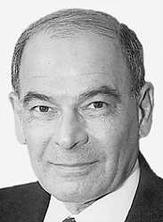
Frank A. DeFilippo
The students had come to demand more money for physical improvements at the Morgan State campus, in North Baltimore, which they claimed had been neglected and short-changed when compared to other campuses in the state system. Additional funding was denied on the spot because of budget constraints but was later appropriated in supplemental spending programs.
Money and identity traditionally have been the twin crises of historically black colleges and universities in Maryland and probably elsewhere, the more so in recent years because different movements have made the assertion of identity — individual, group and institutional — the primal scream.
Such are the competing forces of diversity in education that black colleges and universities fear losing their identities by admitting whites and predominately white schools actively recruit minorities to satisfy enrollment requirements and thus deprive black schools of selective black students.
The difficulty is equally vexing for government(s) as the problem of recognition and funding is subtly conflated with the push for reparations, in one form or another, as well as shifting enrollment hues caused by physical location and the competition of academic courses as student recruitment tools.
There have been lawsuits and actions by the Maryland Higher Education Commission to strike a balance among programs that are offered between historically black colleges and universities and those that attract more white students – notably a 2017 federal court ruling to establish unique curriculum offers at each black college, and a 2005 MHEC decision involving a joint MBA program between Towson University and the University of Baltimore. Morgan argued that such a program would siphon students from its existing MBA program. The joint degree program was scrapped.
On Gov. Larry Hogan’s desk, and now bills pending before the legislature, is an offer to settle a 13-year-old dispute over funding by paying $557 million to a coalition of the state’s four historically black colleges and universities — Morgan, Bowie, Coppin and the University of Maryland Eastern Shore.
Hogan’s “final” counter-offer of $200 million was rejected out-of-hand by the alumni coalition that sued the state for make-up funding that it claimed was short-changed over the years. Several bills have been introduced in the legislature to resolve the settlement dispute for the original amount of $577 million that was proposed by the HBCU’s attorney.
Mississippi and Alabama, confronted with the same conundrum, were ordered to pay out $500 million and $600 million, respectively, to black colleges and universities.
When the structure of public higher education was reorganized in 1988, Morgan State University, along with St. Mary’s College of Maryland, opted out of the Board of Regents’ governing structure in preference for their own governing boards. Kweisi Mfume, once and perhaps future member of Congress and a Morgan graduate with a Johns Hopkins master’s degree, is the current Morgan board chairman.
Morgan began in the late 19th Century as the Centenary Biblical Institute, operated by the Methodist Episcopal Church to educate young men for the ministry. It later expanded to educate both men and women as teachers. It was renamed Morgan College in 1890. Morgan was purchased by the state in 1939 and has grown into a major research university that offers master’s and doctorate degrees.
Speaker Jones and the HBCU’s
Over the years, Maryland’s public universities and colleges have had curious but ambitious relationships with the ministers of influence in the State House. Their growth can be graphed by their connections. A sampler:
Begin with the University of Maryland’s flagship campus in College Park. Harry C. “Curley” Byrd, an outspoken segregationist, had a 43-year association with U of M, in roles as diverse football coach to the university’s president.
Byrd was also the cousin of Gov. J. Millard Tawes (1959-67). Tawes was the state’s long-time comptroller before advancing to governor. Their service conveniently overlapped during part of the campus’s major growth spurt.
Byrd’s presidency ushered in the transformation of the U of M from a backwater agricultural college to a sports powerhouse and a nationally recognized major research university — in that order. Byrd was able to impress and charm the legislature with his expansion programs and massive construction projects.
Four modern governors were associated directly with U of M. Mandel attended U of M at College Park and graduated from its law school in Baltimore. Mandel was later appointed to the Board of Regents by Gov. Robert L. Ehrlich Jr. Parris Glendening was a professor at College Park before becoming governor. And Gov. Blair Lee III was appointed to the Board of Regents by Gov. Harry R. Hughes. Hughes himself graduated from U of M.
The College Park U of M colossus has no bigger booster than Senate President Emeritus Thomas V. “Mike” Miller Jr., who graduated from the university, as did one of his predecessors as Senate president, Steny H. Hoyer, now a 40-year member of Congress. Miller made certain that his alma mater got what it wanted, and even some things it never asked for.
Former U.S. Sen. Joseph D. Tydings, also a former Maryland delegate and U.S. attorney, was a graduate of U of M and its law school and star Lacrosse jock. He was appointed a board regent by Mandel.
The University of Baltimore was a no-name college in downtown Baltimore until H. Mebane Turner assumed its presidency. Mebane had a built-in advantage in the State House. Half the lawyers in the legislature were graduates of his law school.
So lobbying to have the University of Baltimore absorbed into the state system was a piece of cake for Turner as well as a secure financial lifeline. The school’s current president is former Baltimore mayor Kurt Schmoke.
Del. Paul Weisengoff, a South Baltimore Democrat and a teacher, enjoyed the best of both worlds. He had a bachelor’s degree from the University of Maryland and a master’s degree from Morgan State University. Weisengoff used to boast that he was the only white member of the legislature who could make that claim.
With a shift in leadership, there is a new list of priorities and a new emphasis on direction. In Adrienne Jones, the new House speaker, the traditional black colleges and universities may have gotten a cheerleader of their very own.
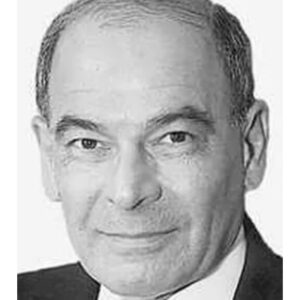
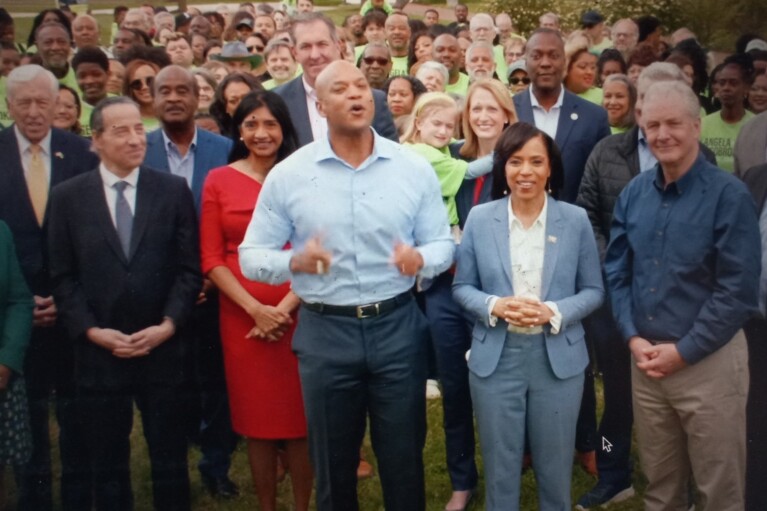

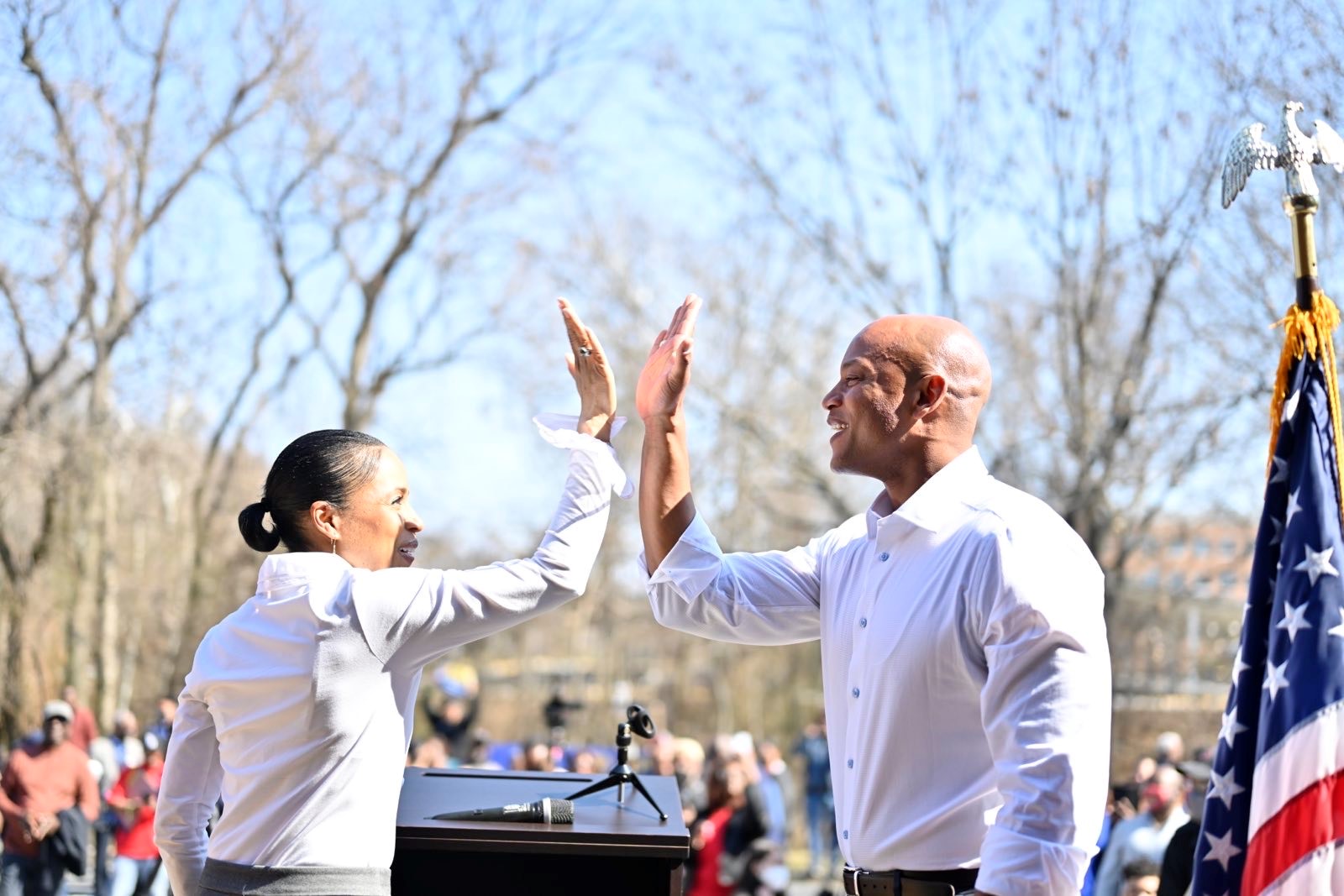
 Creative Commons Attribution
Creative Commons Attribution